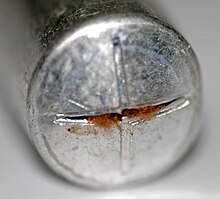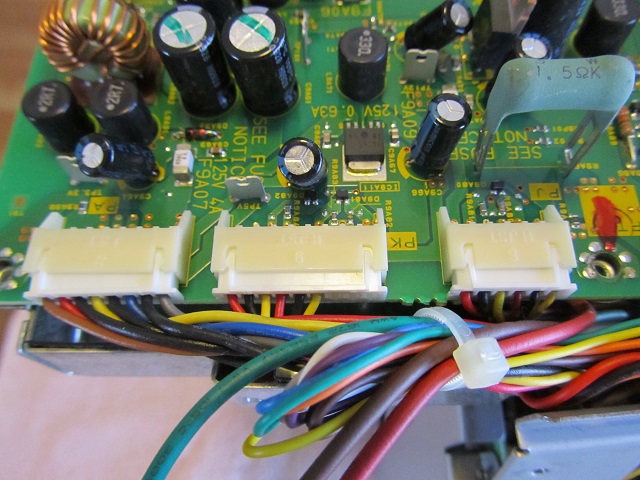I have a 20 year old Magic Chef (maytag) kitchen range. It still looks good, the burners all light right away. But the oven was slow to ignite and would not always restart after getting to requested temp and turn off. I shopped around and all the ovens I liked were $800. + and then would be $200. more to convert to propane and deliver! $1000.+ tax!!
I got online and read about this oven start issue. Turns out oven electric igniters get "weak" over time and don't accept the necessary amps for the regulator to release gas. I got splayed out on the floor, found the igniter way back in the oven. Removed it with some yoga like positions, found a new one on ebay for $22. shipped. The new one was here in 2 days I did the road kill and wounded possum positions and installed - oven now works perfect!
I did a deep clean of the unit and we are good for another 20 years. I find this kind of repair very enjoyable and rewarding!
Anyone else have a repair success that makes them smile?
I got online and read about this oven start issue. Turns out oven electric igniters get "weak" over time and don't accept the necessary amps for the regulator to release gas. I got splayed out on the floor, found the igniter way back in the oven. Removed it with some yoga like positions, found a new one on ebay for $22. shipped. The new one was here in 2 days I did the road kill and wounded possum positions and installed - oven now works perfect!

I did a deep clean of the unit and we are good for another 20 years. I find this kind of repair very enjoyable and rewarding!
Anyone else have a repair success that makes them smile?







